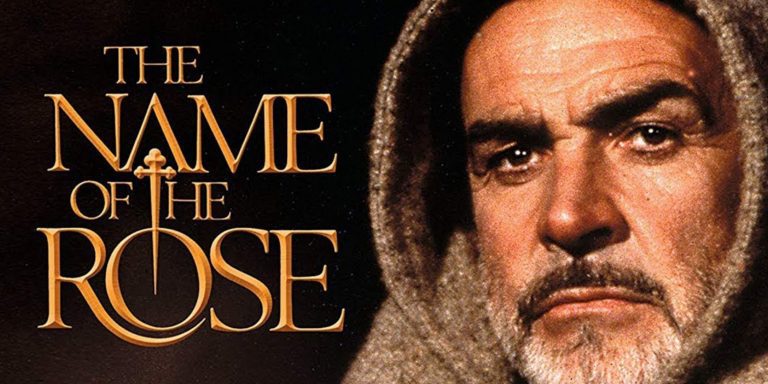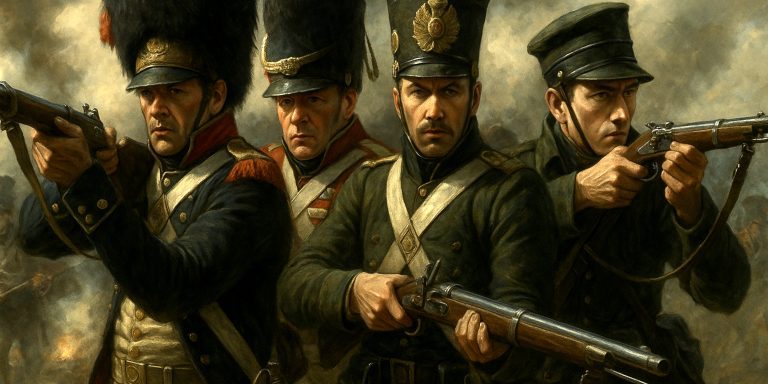
Gunnar Hamundarson of Hlíðarendi is one of the most prominent figures in the Icelandic sagas, particularly Njáls saga. Celebrated for his strength, skill in combat, and complex character, Gunnar embodies both the heroic ideals and the tragic flaws of medieval Icelandic society. His life story blends history, legend, and literature, reflecting the tension between honour, law, and vengeance in Viking Age Iceland.
Background
Gunnar was the son of Hamundur Gunnarsson, a respected farmer, and he lived at Hlíðarendi in Fljótshlíð, southern Iceland. His upbringing was shaped by the values of kinship, loyalty, and honour. Unlike some saga heroes driven only by revenge, Gunnar was often described as fair, generous, and reluctant to fight unless provoked.
Skills and Reputation
Gunnar was renowned for his unmatched abilities:
- Archery: He could hit moving targets with unerring accuracy.
- Atgeir mastery: His halberd-like weapon became synonymous with his name.
- Athleticism: He was famed for his ability to jump his own body height in full armour, both forward and backward.
- Horsemanship: He was a skilled rider and participated in horse fights, which were important in Icelandic culture.
His reputation extended beyond Iceland, as sagas mention his travels to Norway and Denmark, where he earned respect for his martial skill.
Family and Relationships
- Hallgerður Höskuldsdóttir: Gunnar’s marriage to Hallgerður was both significant and tragic. Their relationship, strained by pride and insults, played a role in his downfall.
- Njáll Þorgeirsson: The wise chieftain and legal expert was Gunnar’s closest friend. Njáll often advised moderation, but Gunnar’s sense of honour frequently led him into conflict.
- Brothers and kin: His family stood with him during his feuds, highlighting the importance of blood ties in Icelandic society.
Feuds and Conflicts
Gunnar became embroiled in a series of blood feuds that escalated beyond control. His sense of honour and refusal to back down brought him enemies, despite his reluctance to kill without cause.
One of the most famous turning points was his killing of several men in self-defence, which led to his outlawry. According to the saga, he had the chance to escape Iceland but chose to remain after looking back at his farm and saying, “Fair is the slope, fairer than I have ever seen it.” This moment sealed his fate.
Death
Outlawed and betrayed, Gunnar was attacked at his home by a large force. Though heavily outnumbered, he defended himself with extraordinary courage. He fought with his atgeir until the shaft broke, then switched to his bow. According to tradition, his wife Hallgerður refused to cut strands of her hair to repair the bowstring, citing past grievances. Gunnar was eventually overpowered and killed, marking one of the most dramatic deaths in saga literature.
Legacy
Gunnar Hamundarson remains one of the most memorable figures of the Icelandic sagas. His story is a blend of heroism and tragedy, illustrating the values and dangers of honour culture in medieval Iceland.
His legend has influenced Icelandic national identity, literature, and even modern media. The site of his home at Hlíðarendi is still pointed out today, tying the saga world to the Icelandic landscape.
The Seven Swords Takeaway
Gunnar Hamundarson’s life, as preserved in Njáls saga, reflects both the glory and the destructiveness of the Viking Age ethos. A warrior of unmatched skill and a man of deep contradictions, he stands as one of Iceland’s most enduring cultural icons.



